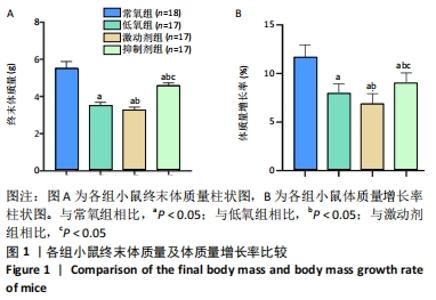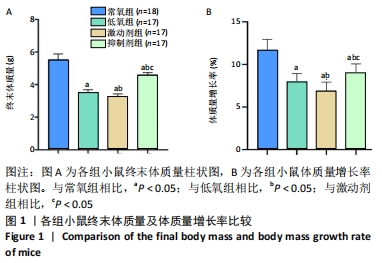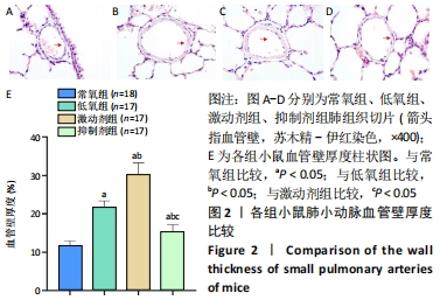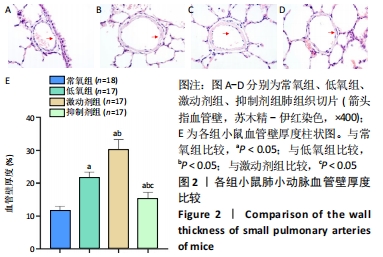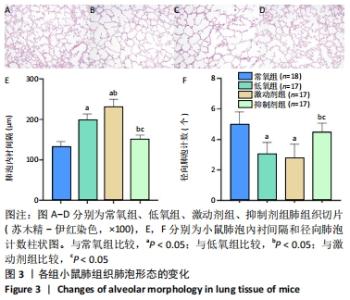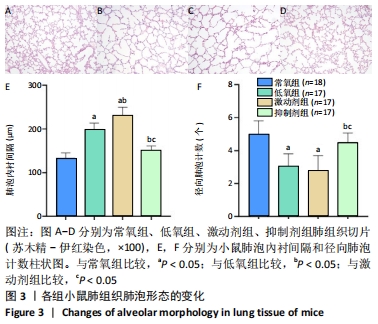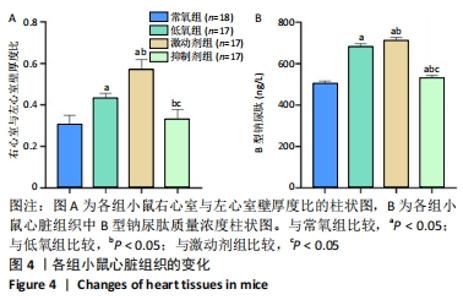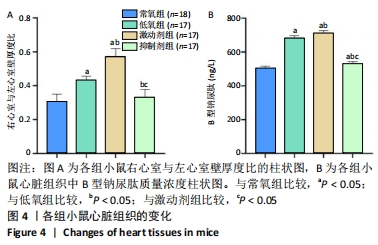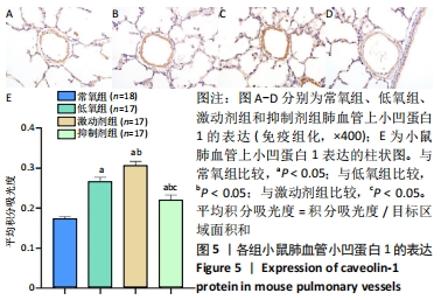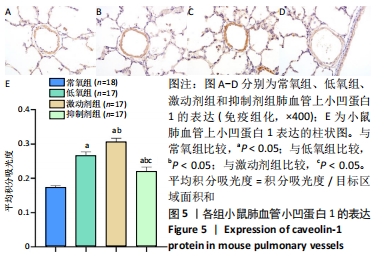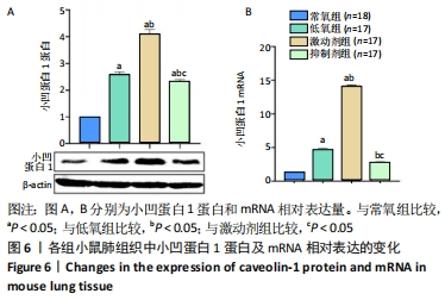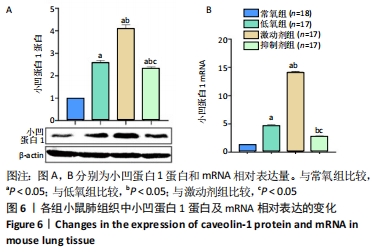[1] WANG M, ZHUANG D, MEI M, et al. Frequent mutation of hypoxia-related genes in persistent pulmonary hypertension of the newborn. Respir Res. 2020;21(1):53.
[2] ALSALEEM M, MALIK A, LAKSHMINRUSIMHA S, et al. Hydrocortisone Improves Oxygenation Index and Systolic Blood Pressure in Term Infants With Persistent Pulmonary Hypertension. Clin Med Insights Pediatr. 2019;13:1179556519888918.
[3] NG QX, VENKATANARAYANAN N, HO CYX, et al. Selective Serotonin Reuptake Inhibitors and Persistent Pulmonary Hypertension of the Newborn: An Update Meta-Analysis.J Womens Health (Larchmt). 2019;28(3):331-338.
[4] MATHEW R. Signaling Pathways Involved in the Development of Bronchopulmonary Dysplasia and Pulmonary Hypertension. Children (Basel). 2020;7(8):100.
[5] MATHEW R. Cell-Specific Dual Role of Caveolin-1 in Pulmonary Hypertension.Pulm Med. 2011;2011:573432.
[6] 王萌萌, 李贺, 张方方, 等. 钙敏感受体在新生小鼠持续性肺动脉高压中的作用[J]. 中国当代儿科杂志,2017,19(2):208-214.
[7] 李翔, 吴冰霞, 李贺, 等. 钙敏感受体对持续性肺动脉高压新生小鼠内皮型一氧化氮合酶及一氧化氮的影响[J]. 中国当代儿科杂志,2019,21(2):189-194.
[8] AMBALAVANAN N, BULGER A, MURPHY-ULLRICH J, et al. Endothelin-A receptor blockade prevents and partially reverses neonatal hypoxic pulmonary vascular remodeling. Pediatr Res. 2005;57(5):631-636.
[9] ZHIWEN C, XIANG L, BINGXIA W, et al. Effects of calcium-sensitive receptors on 11β-hydroxysteroid dehydrogenase type 2 and cortisol in neonatal mice with persistent pulmonary hypertension. Zhongguo Dang Dai Er Ke Za Zhi. 2019; 21(11):1124-1130.
[10] COONEY TP, THURLBECK WM. The radial alveolar count method of emery and mithal: a reappraisal 1-postnatal lung growth. Thorax. 1982;37(8):572-579.
[11] Knudsen L, Weibel ER, Gundersen HJ, et al. Assessment of air space size characteristics by intercept (chord) measurement: An accurate and efficient stereological approach. J Appl Physiol (1985). 2010;108(2):412-421.
[12] Steinhorn RH. Diagnosis and treatment of pulmonary hypertension in infancy. Early Hum Dev. 2013;89(11):865-874.
[13] Smith KA, Yuan JX. Hypoxia-Inducible factor-lα in pulmonary arterial smooth muscle cells and hypoxia-induced pulmonary hypertension. Am J Respir Crit Care Med.2014;189(3): 245-246.
[14] Moreno J, Escobedo D, Calhoun C, et al. Arterial Wall Stiffening in Caveolin-1 Deficiency-Induced Pulmonary Artery Hypertension in Mice. Exp Mech. 2021;6(1):217-228.
[15] Xu XF, Gu WZ, Wu XL, et al. Fetal pulmonary vascular remodeling in a rat model induced by hypoxia and indomethacin. J Matern Fetal Neonatal Med. 2011;24(1):172-182.
[16] Chen M, Ding Z, Zhang F, et al. A20 attenuates hypoxia-induced pulmonary arterial hypertension by inhibiting NF-kB activation and pulmonary artery smooth muscle cell proliferation. Exp Cell Res. 2020;390(2):111982.
[17] MATHEW R. Pathogenesis of pulmonary hypertension:a case for caveolin-1 and cell membrane integrity. Am J Physiol Heart Circ Physiol. 2014;306(1):H15-H25.
[18] SCHRECKENBERG R, SCHLÜTER KD.Calcium sensing receptor expression and signalling in cardiovascular physiology and disease. Vascul Pharmacol. 2018: S1537-1891(17)30323.
[19] YAMAMURA A, YAGI S, OHARA N, et al. Calcilytics enhance sildenafil-induced antiproliferation in idiopathic pulmonary arterial hypertension. Eur J Pharmacol. 2016;784:15-21.
[20] TILLU VA, RAE J, GAO Y,et al. Cavin1 intrinsically disordered domains are essential for fuzzy electrostatic interactions and caveola formation. Nat Commun. 2021;12(1):931.
[21] MARSHALL JD, BAZAN I, ZHANG Y, et al. Mitochondrial dysfunction and pulmonary hypertension: cause, effect, or both. Am J Physiol Lung Cell Mol Physiol. 2018; 314(5):L782-L796.
[22] OLIVEIRA SDS, MINSHALL RD. Caveolin and Endothelial NO Signaling.Curr Top Membr. 2018;82:257-279.
[23] CHEN Z, BAKHSHI FR, SHAJAHAN AN, et al. Nitric oxide-dependent Src activation and resultant caveolin-1 phosphorylation promote eNOS/caveolin-1 binding and eNOS inhibition. Mol Biol Cell. 2012;23(7):1388-1398.
[24] FURONG Y, LILI S, XIAOYANG C, et al. Molecular regulation and clinical significance of caveolin-1 methylation in chronic lung diseases. Clin Transl Med. 2020;10(1):151-160.
[25] SAMARAKOON R, CHITNIS SS, HIGGINS SP, et al. Redox-induced Src kinase and caveolin-1 signaling in TGF-β1-initiated SMAD2/3 activation and PAI-1 expression.PLoS One. 2011;6(7):e22896.
|
